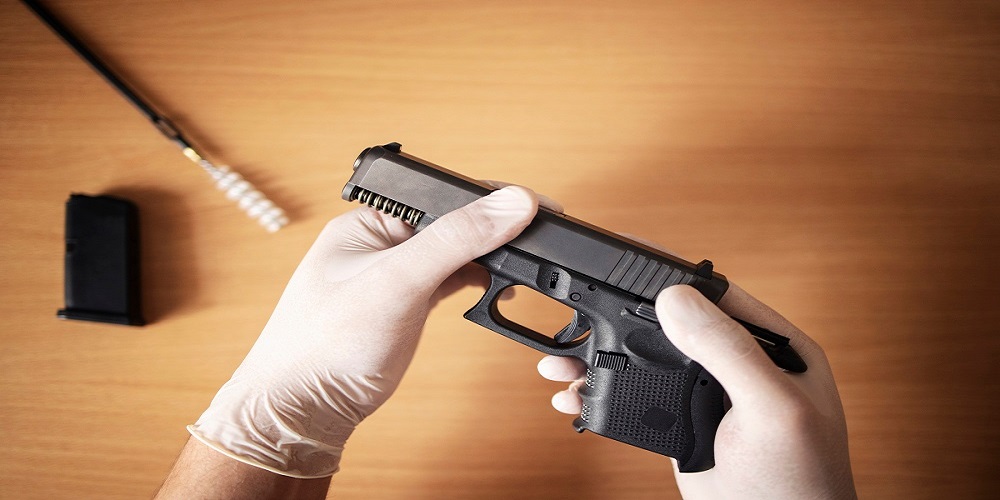Like in other provinces, the bail system in Ontario plays a crucial role in ensuring everyone gets justice while respecting the rights of the accused. Bail refers to a legal process allowing individuals with an accusation to be released from police custody while awaiting their trial. Granting these individuals bail means that they can remain out of jail while their case proceeds through the justice system. So, how does the bail system work in Ontario? This discusses the whole process of bail in Ontario. You’ll learn its purpose, the bail hearing process, bail types, and bail conditions.

The Purpose of Bail
Under the law, a person accused of a crime is presumed innocent until the court proves them guilty. What’s the primary purpose of bail? Bail helps in preventing unnecessary pre-trial detention and upholding the presumption of innocence. It also serves to:
- Ensure the accused’s attendance at court proceedings
- Protect the public, including victims
- Maintain the public’s confidence in the administration of justice
The Bail Hearing Process
The bail hearing process involves several steps. Let’s look at the complete bail hearing process in this state;
Initial arrest
When a person authorities in Ontario arrests someone, they may be held in custody until their bail hearing. The duration depends on the circumstances and the seriousness of the offence.
Appearance in court
The accused will be brought before a judge or justice of the peace for their bail hearing. This hearing must occur within 24 hours of their arrest if a judge or justice of the peace is available.
Factors considered
During the bail hearing, the judge will consider various factors, including the seriousness of the offence, the accused’s ties to the community, and the risk of flight. The judge will then decide whether to release the accused on bail, set a bail amount, or deny bail entirely.
Types of Bail
Ontario has two main types of bail authorities give accused individuals. These types of bail include:
Police bail
This bail type is typically granted for less serious offences. The police have the authority to release the accused with certain conditions, such as a promise to appear in court.
Judicial interim release
A judge sets this type of bail, which is more common in complex cases or for individuals accused of more serious offences. The judge may impose conditions, such as reporting to a police station, staying away from specific individuals or places, or refraining from alcohol or drug use.
Conditions of Bail
Bail conditions can be imposed to ensure the safety of the public and the accused’s compliance with court orders. Some common bail conditions include:
- Reporting to a police station
- Staying away from specific individuals or places
- Refraining from alcohol or drug use
The purpose of these conditions is to address any potential risks of releasing the accused from custody while still upholding their rights and the presumption of innocence.
Wrapping Up
Understanding how the bail system works in Ontario is essential for both the accused and the general public. Bail balances the rights of the accused with the need to protect the public and maintain confidence in the administration of justice. By navigating the maze of the bail system, we can ensure a fair and just process for all involved parties.
Visit our website to learn more about the bail system in Ontario and its impact on the Canadian criminal justice system. We can work together towards a more equitable and efficient bail system that upholds the principles of justice and protects the rights of all individuals.

